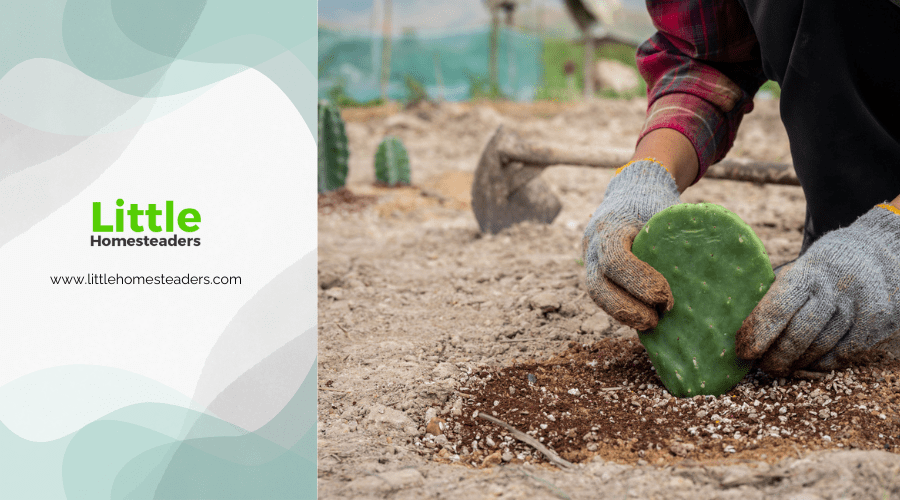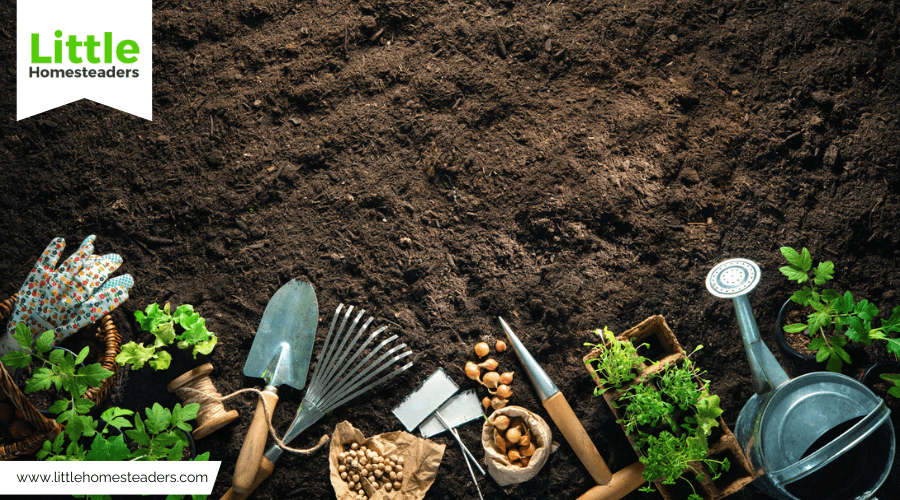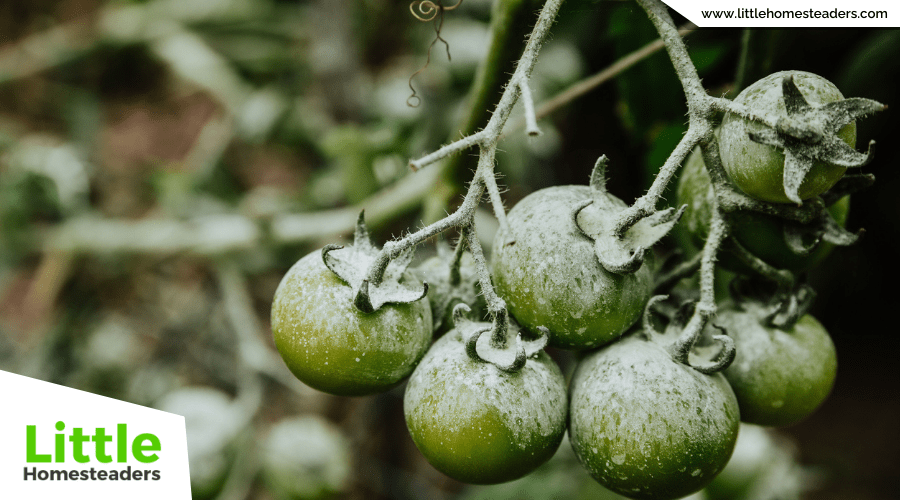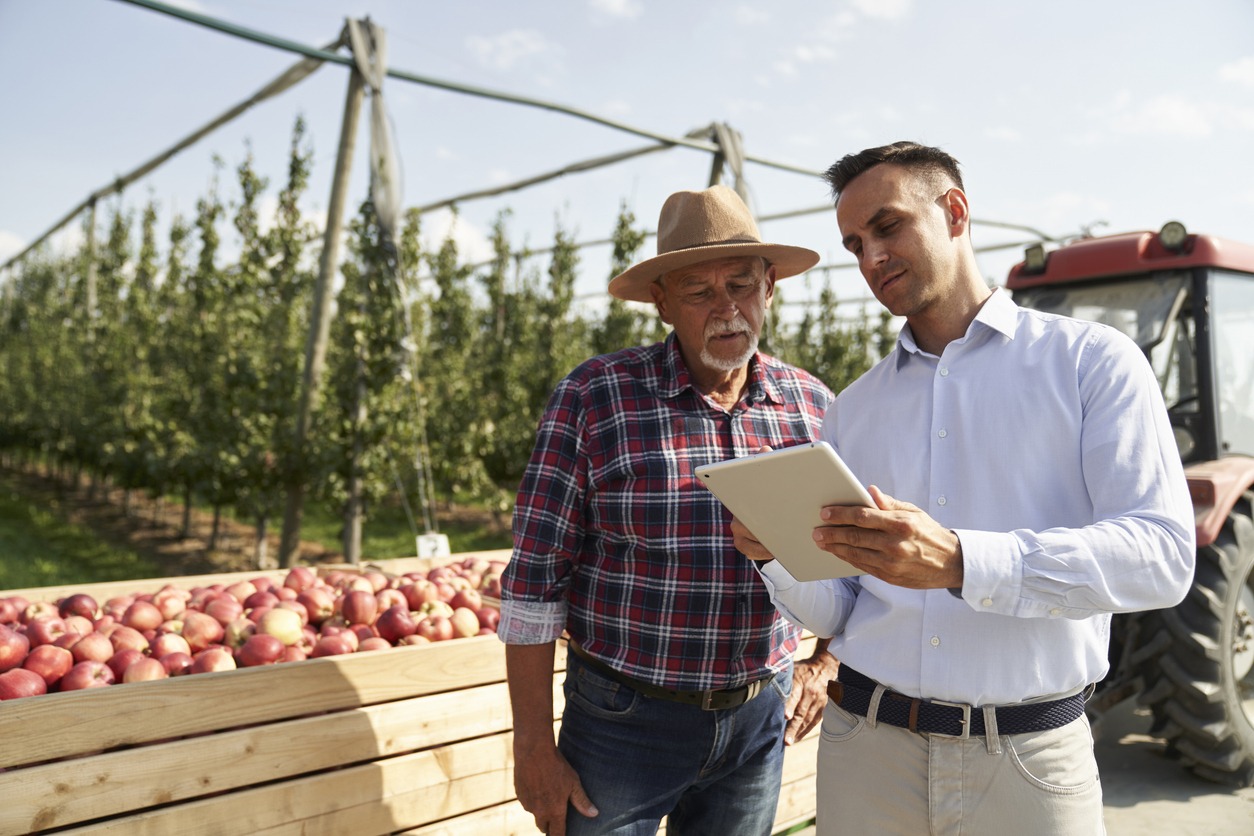The Art and Science of Viticulture: History, Tools, and Techniques for Success
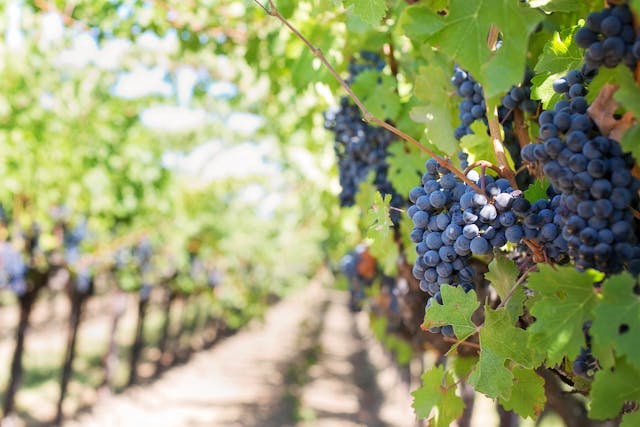
Viticulture is the cultivation and harvesting of grapes, on the whole for wine production. This historic practice has evolved over heaps of years, mixing lifestyle with the current era to decorate grape exceptional yield. In this article, we can explore the history of viticulture, crucial tools for grape growers, and the best techniques to achieve thriving vineyards.
The History of Viticulture: A Journey Through Time
The origins of viticulture date returned to historical civilizations. Grapes have been first cultivated in the Caucasus place (modern-day Georgia) around 6,000 BCE. The practice spread to Mesopotamia, Egypt, and the Mediterranean areas, where grapes have become essential to both weight-reduction plans and way of life. The Greeks and Romans played enormous roles in expanding viticulture in Europe, refining strategies, and setting up vineyards throughout the continent.
During the Middle Ages, monasteries preserved and more desirable viticulture knowledge, ensuring the continuation of winemaking traditions. The Renaissance duration saw further advancements, and by way of the 19th century, viticulture had spread to the Americas, South Africa, and Australia. Today, viticulture remains an international industry, with international locations like France, Italy, Spain, and the USA main in wine manufacturing.
Essential Tools for Modern Viticulture
Modern viticulture requires specialized tools to make certain green grape cultivation and harvesting. The right tool can notably impact productiveness and grape fine, making them crucial for both small-scale and business vineyards. Here are some of the great tools used in viticulture:
- Pruning Shears: These are crucial for shaping grapevines and putting off deadwood to sell wholesome growth.
- Electric Pruners: Advanced electric pruning tools reduce guide labor and increase performance in large vineyards.
- Harvesting Scissors: Specialized scissors help with the cautious rerereductiongrape bunches all through harvest.
- Trellis Systems: Trellises help the grapevines, making sure the right publicity to sunlight and air movement.
For more information on high-quality viticulture tools, check out Viticulture, where you'll find a wide range of tools to meet your vineyard needs.
Best Techniques for Successful Viticulture
To gain a thriving vineyard, growers should implement effective viticulture strategies. Here are a number of the nice practices that contribute to healthy grapevines and superior wine production:
1. Site Selection and Soil Preparation
Choosing the right location is critical for successful viticulture. Grapevines require properly-drained soil and ample sunlight. The quality websites are normally on slopes or improved regions wherein water drains successfully, preventing root rot.
Soil guidance includes testing for pH levels and nutrient content. Growers must amend the soil as vital to createthea most useful growing surroundings for grapevines.
2. Pruning and Canopy Management
Pruning is vital for controlling grapevine growth and ensuring splendid fruit production. Proper pruning methods, which include spur or cane pruning, help manage vine shape and yield.
Canopy control includes adjusting the vine's foliage to improve daylight penetration and air movement reduce the hazard of diseases and improve fruit ripening.
3. Irrigation and Water Management
Efficient water management is important for keeping healthful grapevines. Drip irrigation systems are usually utilized in contemporary vineyards, delivering water without delay to the plant roots and lowering water waste.
Growers have to monitor soil moisture tiers to avoid overwatering, which could cause bad fruit ninichesnd and vine sicknesses.
4. Pest and Disease Control
Pests and diseases can devastate a vineyard if now not managed properly. Integrated Pest Management (IPM) techniques combine biological, cultural, and chemical controls to minimize pest harm while retaining environmental health.
Common winery pests encompass grapevine moths, mealybugs, and spider mites. Fungal illnesses which include powdery mildew and downy mold can also affect grapes nicely. Regular vineyard inspections and timely interventions are critical for pest and sickness mamanagement.
5. Harvest Timing
Determining the right time to reap grapes is essential for producing high-quality wine. Growers have to screen sugar ranges (Brix), acidity, and tannin development to decide the ideal harvest length.
Harvesting too early can bring about underripe grapes with high acidity, even aspast-duee harvesting can produce overly sweet grapes with low acidity. The goal is to acquire a great balance that meets the desired wine style.

